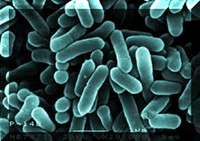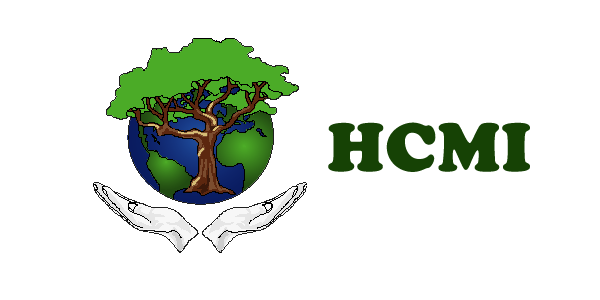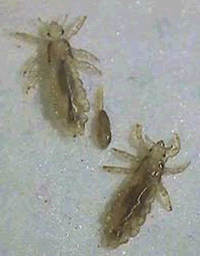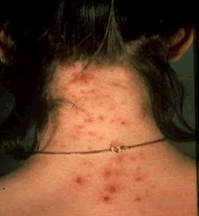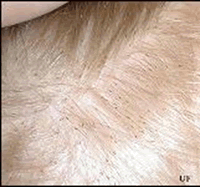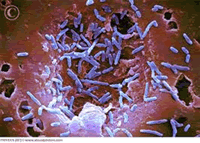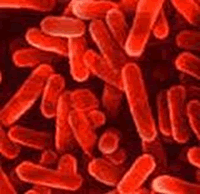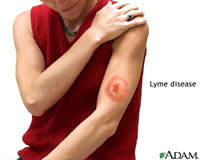
Did you know that Lyme disease is considered a current epidemic in civilized countries? It is very possible that the health conditions you have, especially if they are not responding to any other treatment, are actually caused by an undiagnosed case of Lyme disease. There is a lot of information about Lyme disease that most people are not aware of.
The current, well known information reveals that Lyme disease is a Bacterial infection called Borreliosis because it is caused by the Borriela bacteria. This bacteria is acquired in our body by an infected deer tick biting you. Anyone that ventures outside, particularly in taller grass, bushes or trees, will be the possible victim of a tick bite. But you can't run to the doctor every time you get bit, right? Most tick bites do not cause panic. If the tick indeed carried the bacteria that causes Lyme disease to your body, there is often a "bulls-eye" rash that develops around the site of the bite. The rash is also called erythema migrans, a painless "bull's-eye" shaped blotch on the skin the size of a silver dollar which often develops a second, larger rash around it (see photo).
When the rash is present, there is no doubt that a person has Lyme. But many Lyme carriers may not display the telltale bulls-eye rash or any at all. Matter of fact, the rash is present in less than 50% of the diagnosed cases and may take up to 1 month to even appear. There is great controversy in the medical and alternative medical communities, but some believe that if Lyme is a highly undiagnosed disease, the rash may appear in as little as 1% of the infected people.
There are two reasons for this. First, many Lyme victims don't even remember getting bit as the nymph (baby tick) is very small (about the size of a poppy seed) and can easily go unnoticed. Adult ticks can also transmit Lyme disease bacteria, but they are much larger and may be more likely to be discovered and removed before they have had time to transmit the bacteria. Secondly, the Lyme bacteria can also be transmitted through other means, including breast milk, saliva, sexual fluids, and bites from mosquitoes and mites. Some experts even believe a mutated form of Lyme bacteria has been used in field/crop sprays as far back as the early 70's. Others believe Lyme is spread in the Chemtrails. Whatever the story, this is why RNA Support is suggested.
How To Know For Sure
A common test for Lyme disease, the Elisa Test, misses about 35% of Lyme cases. There are other tests, but they are expensive, running anywhere from $600-$2000 and generally leave a person knowing little more than before, or worse, feeling falsely confidant in a negative diagnosis when in fact they do have Lyme disease!
Traditionally, Lyme disease includes a very limited set of symptoms: fever, chills, fatigue, body aches, and a headache, often accompanied by the rash. But that is a simplistic view. Many Lyme symptoms mimic other diseases, such as MS, Alzheimer's, Rheumatoid Arthritis, Fibromyalgia and many other ailments. Any health issue related to joints, skin or nerves are quite often related to Lyme. Whether you ever had the "bulls-eye" or not, figuring out if you have Lyme can be quite simple. In short, if you are not responding to other treatments or therapies (natural or medical) it is very likely a Lyme condition you are facing. If antibiotics were used to treat the Lyme, or the immune system was compromised for any other reason, there is almost certainly a co-infection, or secondary infection in place as well.
CURE?
Yes it is possible, but I am not allowed to say that, so scratch that word (oops). The Lyme Relief remedy is designed to help the body cope with the many side effects and symptoms that come with a Lyme infection. This remedy also addresses the exopolysaccharides and exoproteins, which the bugs secrete, effectively creating an armored shell around them. Getting through this shell is a key to helping eliminate these bacteria.
The Joint Support is suggested because joints are the most commonly affected areas. The RNA Support helps the immune system produce a stronger defense from the Constitutional point of view. The Borrelia Detox is designed to begin elimination of the Lyme infection by detoxifying the entire Borriela species. Babesia Detox should be considered because Babesia is the most common of the co-infections, found in about 66% of Lyme patients. The likelihood of secondary infections, both bacterial and viral are common.
If you have had a severe case, or believe you have had Lyme for some time, it is highly suggested you consider doing the Artificial Fever at least once a week for 4-6 weeks.
